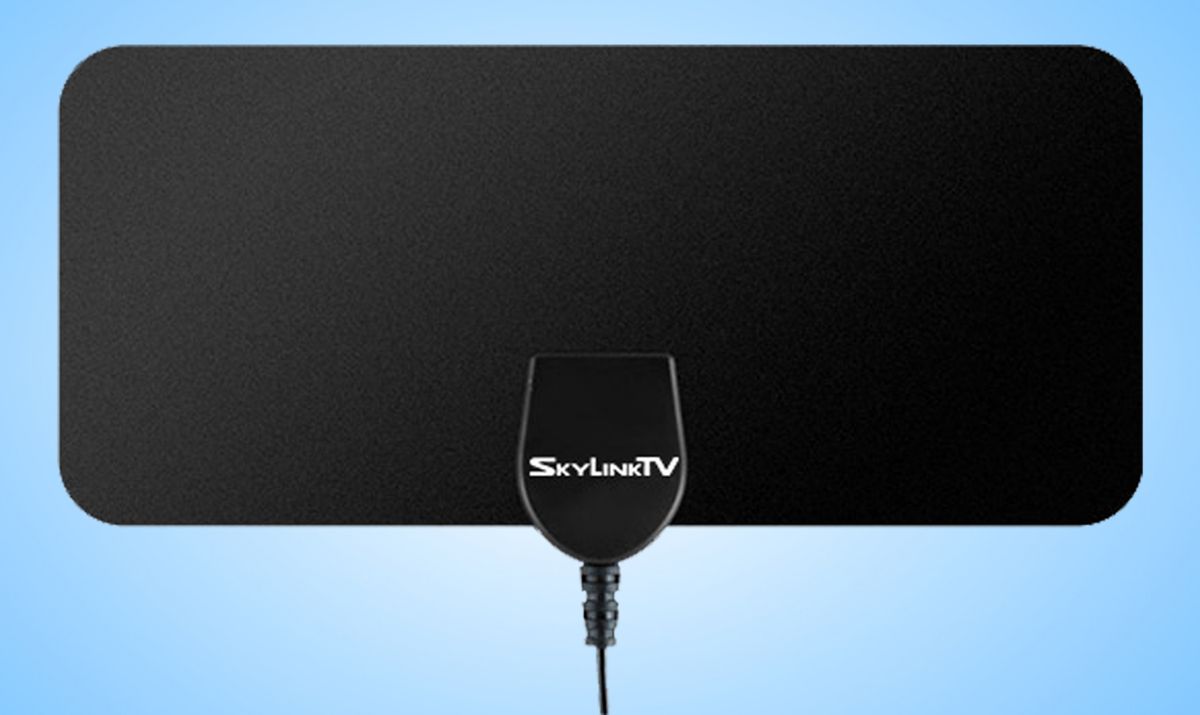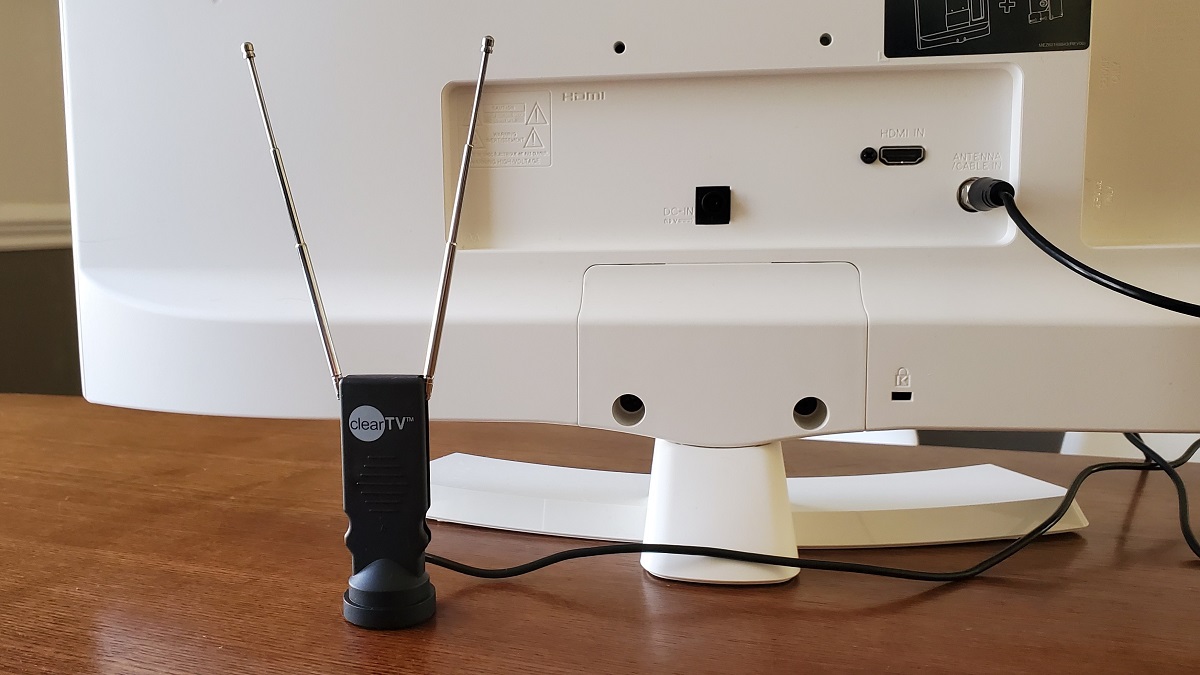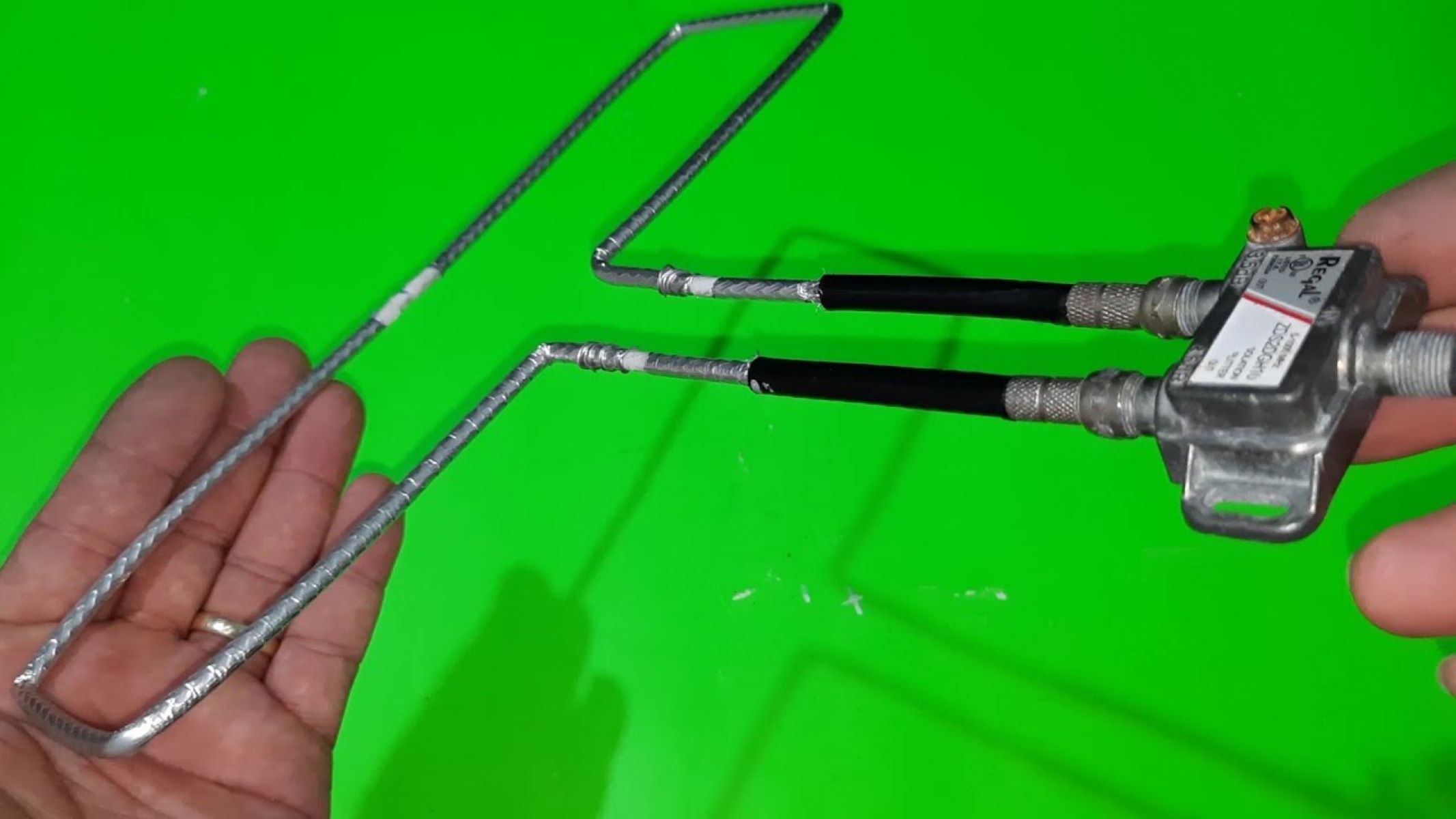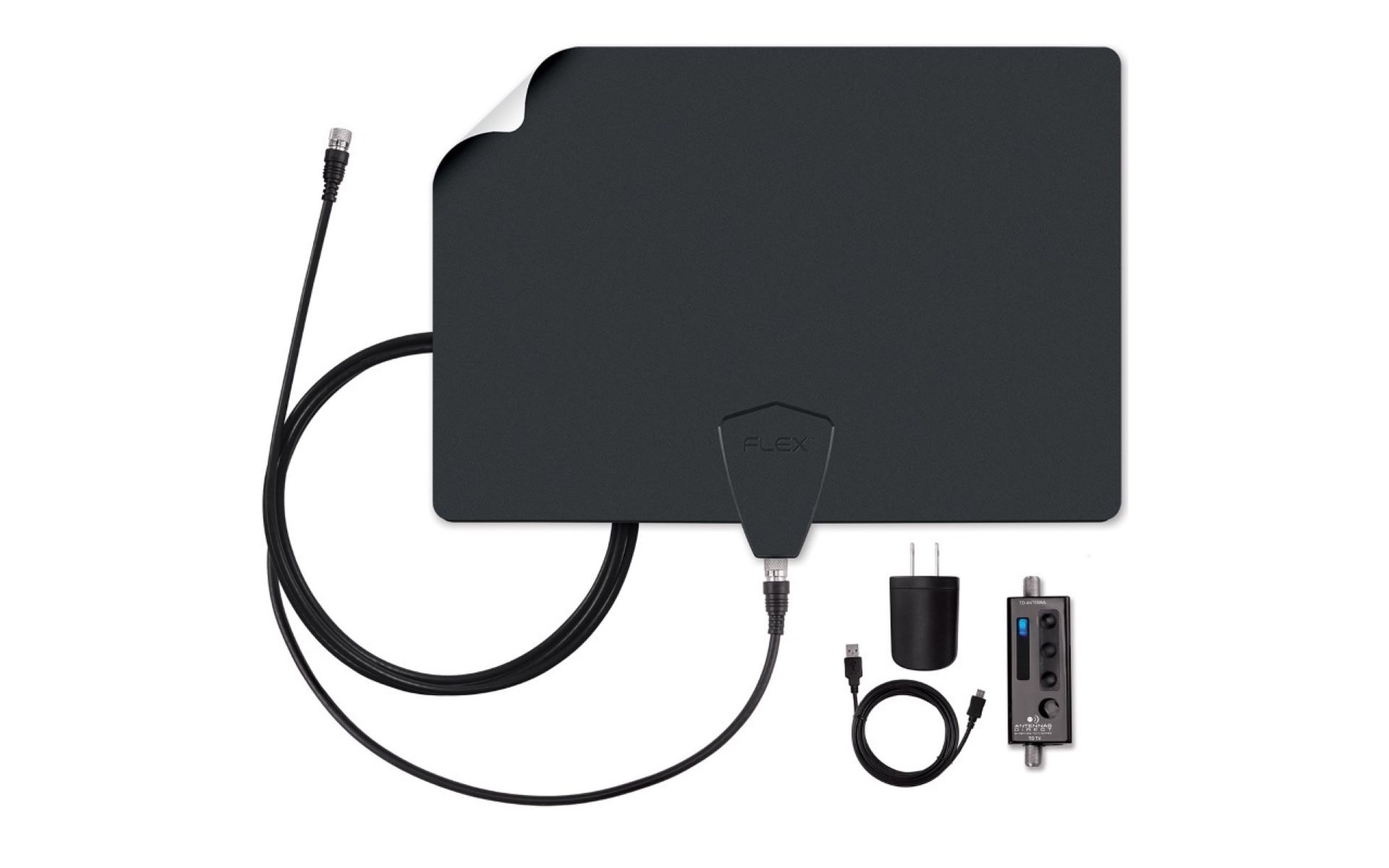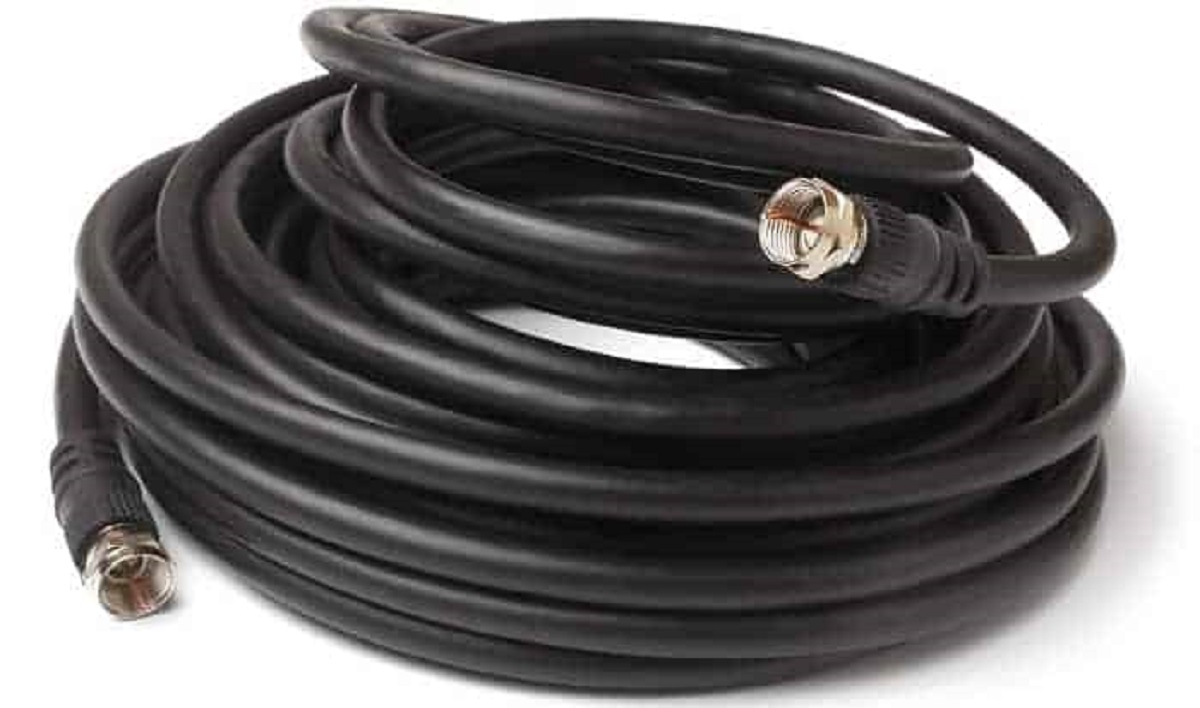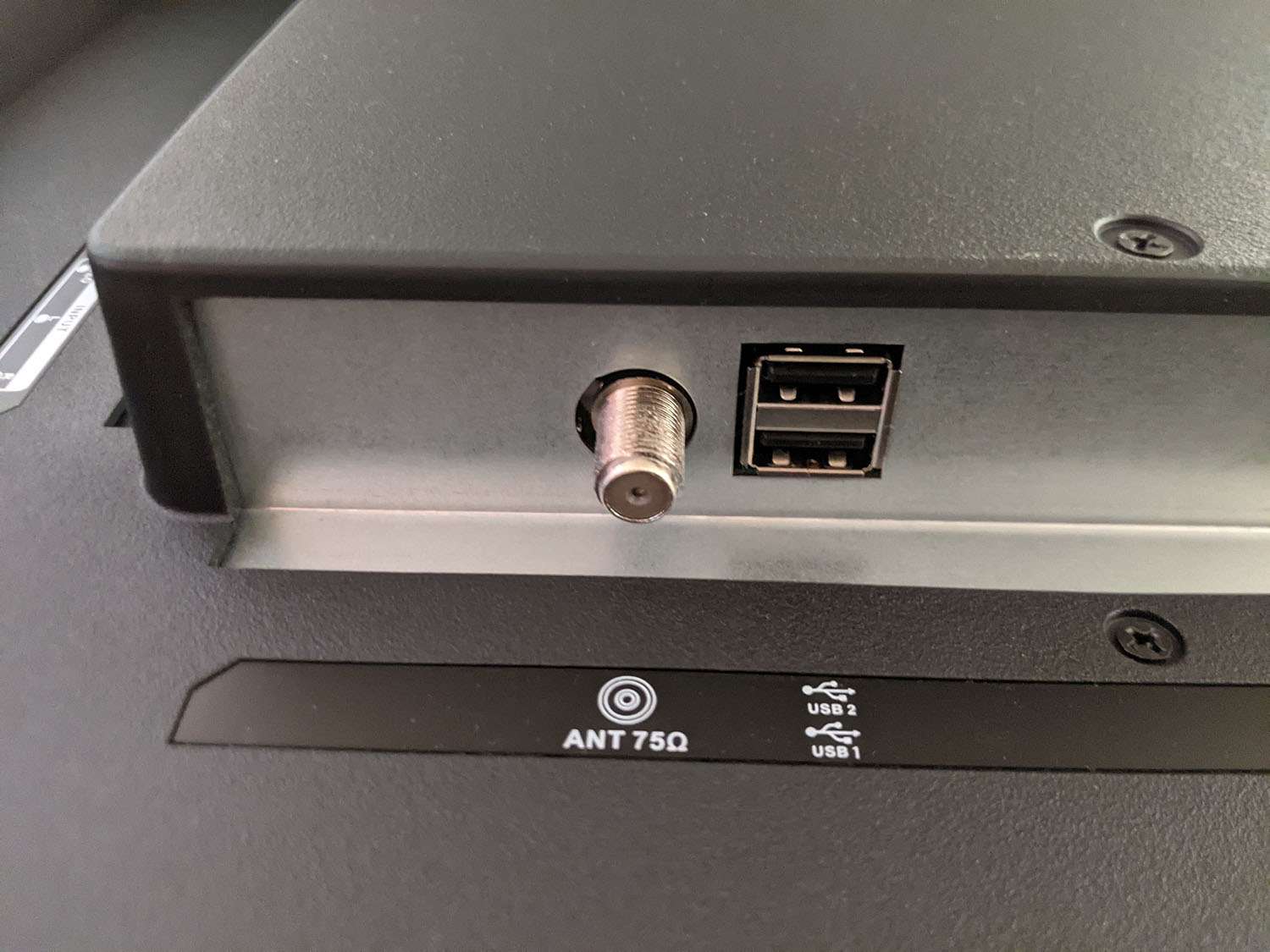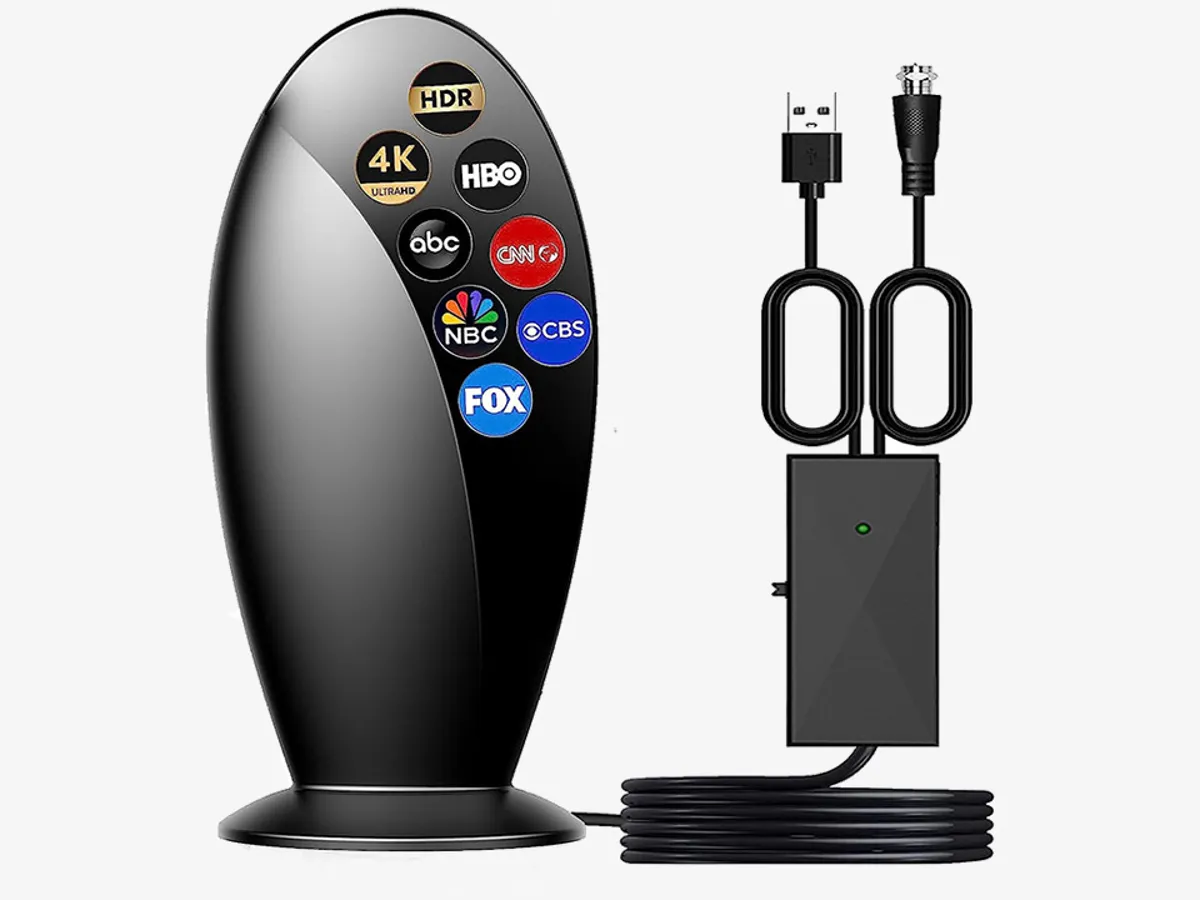Introduction
When it comes to setting up a TV antenna for the best signal reception, one crucial factor to consider is the type of coaxial cable you use. Coaxial cables are essential for transmitting the signal from the antenna to your television. However, with different types of coaxial cables available on the market, it can be challenging to determine which one is right for your needs.
Whether you are a DIY enthusiast or seeking professional assistance, understanding the basics of coaxial cables is crucial to ensure optimal TV signal quality. Factors such as cable length, signal strength, and compatibility should all be considered when selecting the right coaxial cable for your TV antenna setup.
In this article, we will discuss the various types of coaxial cables commonly used for TV antennas and help you determine which one is most suitable for your setup. By the end of this article, you will have a clear understanding of the different coaxial cable options available and be able to make an informed decision.
Understanding Coaxial Cables
Coaxial cables are designed to carry high-frequency signals with low loss, making them ideal for transmitting television signals. They consist of multiple layers that work together to ensure signal integrity and minimize interference.
The innermost layer, known as the conductor or core, is typically made of copper or aluminum. It carries the electrical signal from the antenna to the television. Surrounding the conductor is an insulating layer called the dielectric, which helps maintain the integrity of the signal by preventing interference.
Next is the metallic shielding layer, which is responsible for protecting the signal from electromagnetic interference. This shielding is typically made of aluminum foil or braided copper wire. Finally, there is the outermost layer, known as the jacket, which provides additional protection against physical damage and environmental factors.
Understanding the different components of coaxial cables is important because these components can affect the performance of your TV antenna. Factors such as cable thickness, shielding quality, and material composition all play a role in determining the signal quality and overall transmission capabilities of the cable.
Coaxial cables are available in various types, often denoted by the RG (Radio Grade) rating. The RG rating indicates the quality and performance standards of the cable. Common types of coaxial cables used for TV antennas include RG6, RG11, and RG59.
Now that we have a basic understanding of coaxial cables, let’s dive deeper into the specific types and their characteristics to help you make an informed decision when selecting the right cable for your TV antenna setup.
Factors to Consider
When choosing the right coaxial cable for your TV antenna, there are several factors that you should take into consideration:
- Signal Strength: The strength of the TV signal in your area plays a vital role in determining the type of coaxial cable you need. If you live in an area with a weak signal, you may require a cable with better insulation and shielding to minimize signal loss and interference.
- Cable Length: The length of the cable needed for your TV antenna setup is an important consideration. Longer cable runs can result in more signal loss, so it’s crucial to choose a cable with lower attenuation levels to maintain signal quality over longer distances.
- Compatibility: Make sure the coaxial cable you choose is compatible with your TV antenna and television. Check the specifications of your devices to ensure they can support the type of cable you plan to use.
- Interference: Consider the potential sources of interference in your environment. If you have other electronic devices or strong radio signals nearby, you may need a cable with better shielding to minimize interference and maintain a clear TV signal.
- Budget: Coaxial cables come in various price ranges, and it’s essential to consider your budget. While it’s tempting to opt for the cheapest option, keep in mind that higher-quality cables may offer better signal transmission and overall performance.
By carefully considering these factors, you can make an informed decision and choose a coaxial cable that meets your specific requirements. Take your time to research and evaluate the options available to ensure optimal TV signal reception and a seamless viewing experience.
RG6 Coaxial Cable
RG6 coaxial cable is one of the most commonly used types of cable for TV antenna installations. It is designed to handle higher frequencies and offers excellent signal transmission capabilities. RG6 cable is suitable for both residential and commercial setups and is known for its versatility and performance.
One of the key advantages of RG6 cable is its lower signal loss compared to other types of coaxial cables. This means that it can effectively transmit signals over longer distances without significant degradation. This makes RG6 cable ideal for larger homes or installations where the TV antenna is located far away from the television.
RG6 cables are typically thicker than their RG59 counterparts and have better shielding capabilities. This shielding helps to reduce interference and maintain the signal quality, resulting in a clear and reliable TV reception.
RG6 coaxial cable is compatible with a wide range of TV antennas, satellite dishes, and cable TV systems, making it a versatile choice for various applications. It can handle both analog and digital signals, including high-definition (HD) and 4K content.
When selecting an RG6 cable, consider the quality of the materials and the level of shielding. Higher-quality RG6 cables often have a solid copper core, which provides better conductivity compared to cables with an aluminum core. Look for cables with multiple layers of shielding, such as aluminum foil and braided copper wire, to ensure maximum protection against interference.
In summary, RG6 coaxial cable is a popular choice for TV antenna installations due to its high performance, low signal loss, and compatibility with various devices. Its ability to handle long cable runs and its excellent shielding make it an ideal option for achieving optimal TV signal reception and a satisfying viewing experience.
RG11 Coaxial Cable
RG11 coaxial cable is a heavy-duty cable designed for applications that require long cable runs and minimal signal loss. It is commonly used for commercial installations, such as in large buildings or long-distance cable TV distribution networks. RG11 cable offers superior signal transmission capabilities and is known for its impressive performance.
One of the main advantages of RG11 cable is its ability to handle higher frequencies and longer distances compared to RG6 and RG59 cables. It has lower attenuation levels, which means that the signal loss over long cable runs is significantly reduced. This makes RG11 cable ideal for installations where the TV antenna is far away from the television or for transmitting signals over large commercial spaces.
RG11 cable features a larger conductor and thicker insulation compared to RG6 and RG59 cables. This results in a lower impedance and less signal loss, allowing for better signal quality and reduced interference. The larger size of RG11 cable also provides better protection against external interference, making it suitable for installations in areas with strong electromagnetic activity or potential sources of signal disruption.
It is worth noting that due to its larger size and higher performance, RG11 cable is generally more expensive than RG6 and RG59 cables. However, if you require long cable runs or need to transmit signals over large distances without significant signal loss, the investment in RG11 cable is well worth it.
RG11 coaxial cable is compatible with most TV antennas, satellite systems, and cable TV networks. It supports both analog and digital signals, including high-definition (HD) and 4K content. When choosing an RG11 cable, look for cables with high-quality materials and multiple layers of shielding to ensure optimal signal transmission and to protect against interference.
In summary, RG11 coaxial cable is a heavy-duty option designed for long cable runs and minimal signal loss. Its capability to handle higher frequencies and longer distances make it an excellent choice for commercial installations and other scenarios where superior signal transmission is required.
RG59 Coaxial Cable
RG59 coaxial cable is a type of cable commonly used for basic TV antenna installations, CCTV systems, and other low-frequency applications. While it may not offer the same performance as RG6 or RG11 cables, RG59 cable still provides sufficient signal transmission for standard television reception.
One of the main advantages of RG59 cable is its flexibility. Its thinner and more lightweight construction makes it easier to install and maneuver around corners or through tight spaces. This makes RG59 cable a popular choice for smaller residential setups where shorter cable runs are required.
RG59 cable is capable of handling lower frequencies and is often used for analog video signals. It is suitable for transmitting standard-definition (SD) video signals and can support video resolutions up to 480p or 576p.
However, due to its thin conductor and lower shielding capabilities, RG59 cable is more susceptible to signal loss and interference compared to RG6 and RG11 cables. As a result, it may not be the best choice for installations in areas with weak signals or high levels of electromagnetic interference.
RG59 cable is generally more affordable than RG6 or RG11 cables, making it an economical option for basic TV antenna setups. It is compatible with most TV antennas, CCTV systems, and other devices that require analog video signal transmission.
Keep in mind that if you plan to upgrade your TV to support high-definition (HD) or 4K content in the future, RG59 cable may not meet the bandwidth requirements for these higher-quality signals. In such cases, it may be advisable to opt for RG6 or RG11 cables instead.
In summary, RG59 coaxial cable is a cost-effective choice for basic TV antenna installations and low-frequency applications. It offers flexibility and ease of installation but may not provide the same level of performance as RG6 or RG11 cables. Consider your specific requirements and the level of signal transmission needed before deciding to use RG59 cable for your TV antenna setup.
Choosing the Right Coaxial Cable
Choosing the right coaxial cable for your TV antenna setup is crucial to ensure optimal signal transmission and the best possible picture quality. Here are some key factors to consider when making your decision:
- Signal Strength and Quality: Evaluate the signal strength in your area and consider any potential sources of interference. If you have a weak signal or anticipate high levels of interference, it is advisable to select a cable with better shielding and lower signal loss, such as RG6 or RG11.
- Distance: Determine the length of cable required for your installation. If you need to transmit the signal over a long distance, choose a cable with lower attenuation levels, such as RG11, to minimize signal loss.
- Compatibility: Ensure that the coaxial cable you choose is compatible with your TV antenna and television. Check the device specifications to verify the cable type and connectors required.
- Budget: Consider your budget when selecting a coaxial cable. While higher-quality cables generally offer better performance, they might come at a higher cost. Strike a balance between performance, durability, and affordability.
- Future-Proofing: If you plan to upgrade your TV or anticipate the need for higher-quality signals in the future, consider selecting a cable capable of supporting those advancements, such as RG6 or RG11 for HD or 4K content.
- Installation Flexibility: Evaluate the flexibility and durability of the cable, especially if you need to navigate tight spaces or corners during installation. Thinner and more flexible cables like RG59 may be more suitable for these scenarios.
Taking these factors into account, you can make an informed decision and select the appropriate coaxial cable for your TV antenna setup. Remember that each scenario is unique, and the right cable choice depends on your specific needs and requirements.
Consider consulting with professionals or seeking advice from knowledgeable sources if you are unsure about which coaxial cable is best for your situation. They can offer insights and guidance based on their expertise, helping you make a well-informed decision.
Conclusion
Choosing the right coaxial cable for your TV antenna setup is essential for optimal signal reception and picture quality. Understanding the different types of coaxial cables, such as RG6, RG11, and RG59, and considering factors like signal strength, cable length, compatibility, interference, budget, and future-proofing will help you make an informed decision.
RG6 coaxial cable is a popular choice for its lower signal loss and versatile compatibility. It is suitable for both residential and commercial installations, offering reliable signal transmission for analog and digital signals, including HD and 4K content.
RG11 coaxial cable, on the other hand, is designed for long cable runs and minimal signal loss. It is commonly used for commercial installations and offers superior performance and shielding capabilities, making it ideal for transmitting high-frequency signals over great distances.
RG59 coaxial cable is a cost-effective option for basic TV antenna installations and low-frequency applications. Although it is thinner and more lightweight, it may not provide the same level of performance as RG6 or RG11 cables, especially for weak signals or areas with high interference.
By considering the specific requirements of your setup, including signal strength, cable length, compatibility, budget, future-proofing, and installation flexibility, you can select the right coaxial cable that meets your needs.
Remember to pay attention to the quality of the materials, the level of shielding, and the overall reputation of the brand when purchasing a coaxial cable. Consulting with professionals or seeking advice from knowledgeable sources can also be beneficial in making the best choice for your TV antenna setup.
With the right coaxial cable in place, you can enjoy reliable and high-quality TV signal reception and bring your favorite shows and movies to life with crisp and clear picture and sound.









